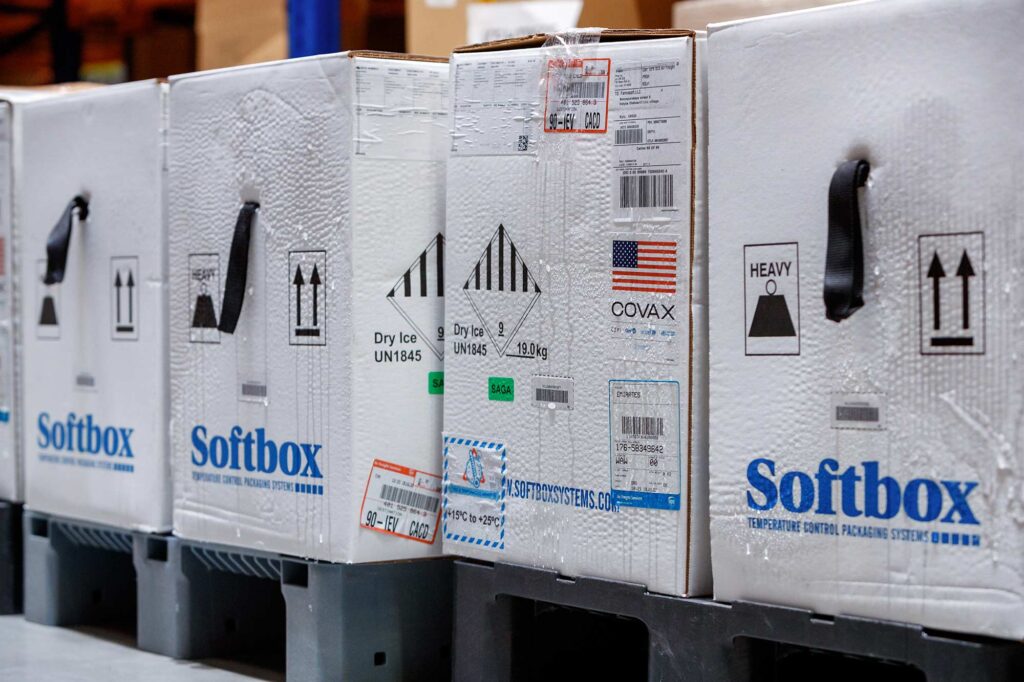Does the Practice of Blood Film Microscopy for Detection and Quantification of Malaria Parasites in Northwest Ethiopia Fit the Standard?
Does the Practice of Blood Film Microscopy for Detection and Quantification of Malaria Parasites in Northwest Ethiopia Fit the Standard?
Abstract
Background
The diagnosis of malaria in clinical laboratories mainly depends on blood smear microscopy and this technique remains the most widely used in Ethiopia. Despite the importance of blood smear microscopy for patient’s diagnosis and treatment, little effort has been made to precisely determine and identify sources of error in malaria smear microscopic diagnosis and quantification of parasitaemia. The main objective of the present study was to assess the laboratory practices of health care laboratories carrying out blood films microscopy.
Methods
A cross sectional study was conducted in northwestern Ethiopia involving 29 health care institutes. A structured and pretested questionnaire were used to collect relevant information on the physical conditions, laboratory logistics and laboratory practices carrying out blood smear microscopy.
Results
There was inadequacy of laboratory reagents, guidelines and materials. Most of the health institutes have been practicing re-utilization of microscope slides for malaria microscopy. The technical procedure (preparing of reagents, making of blood films and staining of the slides) were found to be below the standard in 50% of the health institutes. Refresher training and quality assessment has been done only in two and six of the health institutes in the past five years, respectively.
Conclusion
In most of the health care laboratories studied, availability of laboratory logistics and technical practices for malaria microscopy were found to be below the standard set by World Health Organization. Improving logistics access for malaria microscopy at all level of health care is important to increase accuracy of diagnosis and quantification of malaria parasites. Moreover, continued training and regular supervision of the staff and implementation of quality control program in the area is also crucial.

